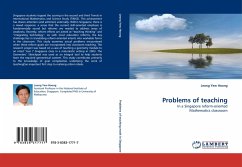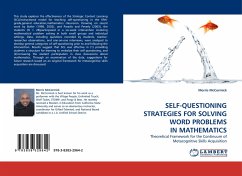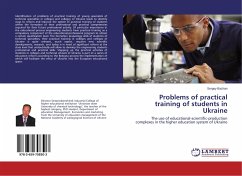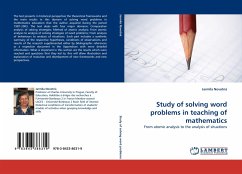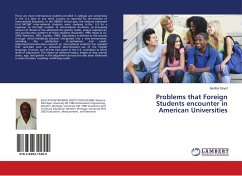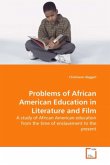Singapore students topped the scoring in the second and third Trends in International Mathematics and Science Study (TIMSS). This achievement has drawn attention (and admirers) externally. Within Singapore, there is a mixed response: a sense that the current skill-oriented emphasis is fundamentally sound but reforms are needed to address areas of weakness. Recently, reform efforts are aimed at teaching thinking and integrating technology . As with most education reforms, the key challenge lies in translating reform-oriented intents into workable forms in the classroom. This study examines actual problems encountered when these reform goals are incorporated into classroom teaching. The research project was based on a case of teaching a geometry module to an intact Year 7 Singapore class in a naturalistic setting in 2003. The Geometers Sketchpad was used as an integral tool to help students learn the required geometrical content. This study contributes primarily to the knowledge of goal complexities underlying the work of teaching an important first step to realising reform ideals.
Bitte wählen Sie Ihr Anliegen aus.
Rechnungen
Retourenschein anfordern
Bestellstatus
Storno

